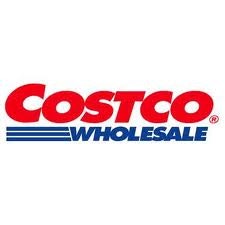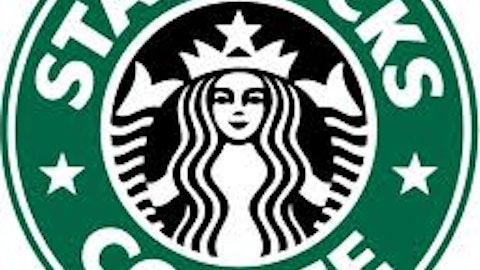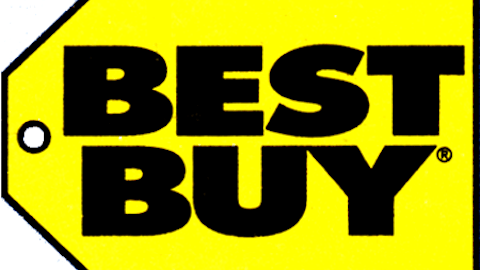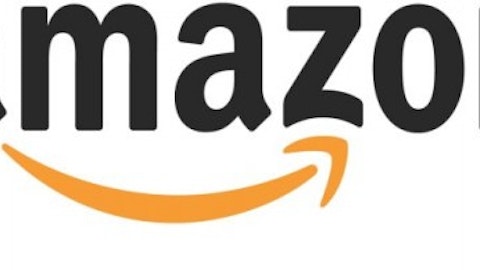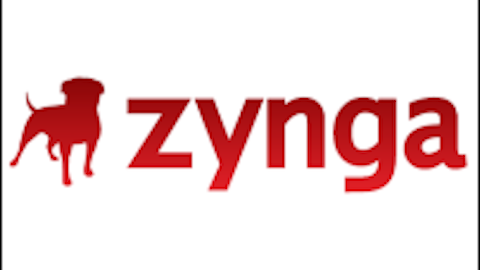Changes in the retail landscape are creating powerful opportunities for investors. And as someone who’s still years from retirement, I’m looking to capitalize on these trends. The companies below are all part of my retirement portfolio, and could be great investments for you, too.
The future of retail
Consumer behaviors have shifted over the past decades. We have learned that the internet is a great place to do business, and how the quality of the food we consume affects the world around us as much as it affects our bodies. We have also learned that the best operators sometimes pass along their cost savings to the customers as well. Let’s start with this last part, first.
The loyalty factor
Costco Wholesale Corporation (NASDAQ:COST) derives the bulk of its income from membership fees. Through Q3 of the current FY, it has generated $2.1 billion in operating income on $72.6 billion in sales. And when the cost of merchandise and SG&A (basically operations costs) is over $70 billion, it’s pretty clear how important Costco Wholesale Corporation (NASDAQ:COST)’s $1.57 billion in membership fees is to the company’s bottom line.
It’s important to note that Costco Wholesale Corporation (NASDAQ:COST)’s operating margin, near 3%, is very low compared to industry peers. The company does this deliberately, promising to pass cost-savings along to members; its gross margin is anywhere from one-half to one-third that of competitors like Wal-Mart Stores, Inc. (NYSE:WMT) and Target Corporation (NYSE:TGT).
With membership renewal rates near 90% (around 86% internationally,) members clearly are “buying” Costco Wholesale Corporation (NASDAQ:COST)’s promise for low prices. Factor in a high single-digit growth rate and a small dividend that the company will grow over time, and this is a strong long-term investment.
The cheap, easy and convenient factor
Amazon.com, Inc. (NASDAQ:AMZN) has changed the way we think about buying. Once the go-to online bookseller, it has branched out into nearly every retail purchase imaginable. While the battle rages on between those who think the company is insanely valued, and those who think it’s just getting started, there is one thing we can all agree on: Amazon.com, Inc. (NASDAQ:AMZN) will keep selling us more and more stuff every year, for years to come.
The question on many investors’ minds: “At what point will revenues start to turn into profits?” Both free cash flow and net income have been moving down as the company plows every dollar it can back into expansion. It’s important to remember that this expansion is all-important right now. Without it, Amazon.com, Inc. (NASDAQ:AMZN) would become a victim of its own success and unable to meet demand.
There is also concern that Amazon.com, Inc. (NASDAQ:AMZN) sells too many things at a loss. I’ve heard everything from the Kindle Fire, to Prime — both its shipping and free streaming content — to its more recent expansion into groceries, all described as “loss leaders” that will draw customers to more expensive and profitable items. Eventually, it has to sell something for a profit!
I think the “loss leader” strategy is a bit overstated. It has become a talisman as the easy explanation for its latest expansions. The reality is, all of these expansions could generate serious cash in the future. And when free cash flow starts consistently growing faster than capital expenditures, the cash flow faucet could turn into a real gusher.
The “good for you, good for the planet” factor
Whole Foods Market, Inc. (NASDAQ:WFM) is much more than just a niche player in a niche market. With over 300 stores and $12 billion in annual sales, its growth story is far from over. It’s easy to look at Whole Foods Market, Inc. (NASDAQ:WFM)’s forward price to earnings (PE) valuation of 18.5 and think that Whole Foods is too expensive when compared to a grocery heavyweight like The Kroger Co. (NYSE:KR), with a forward PE 50% lower, around 12.
But to do so would miss the point: THe company is consistently growing, around 12%-15% annually, while The Kroger Co. (NYSE:KR) is in the mid-single digits. Plus Whole Foods’ operating margins are far and away tops in the grocery business, historically averaging above 5% when most grocers are happy if they can break 3%. Factor in a plan to reach 1,000 stores in the next couple of decades, and this is a cornerstone investment, driven by growing demand for fresh and packaged foods that are better for people’s families and the world we live in.
The brand value factor
Starbucks Corporation (NASDAQ:SBUX) is one of the most recognized brands in the world, and it’s added several other well-known brands over the years, including Tazo, Teavana, Evolution Fresh juices, and most recently La Boulange French bakery.
And even as the company works to continue expanding its core stores, the growth potential of these other names is significant, both leveraged inside Starbucks Corporation (NASDAQ:SBUX) stores, as well as independently. Its greatest potential, so far yet to be fully realized could be the value of these brands at retail outlets like Kroger and even Whole Foods.
Another company that’s sometimes panned as overvalued, Starbucks’ premium performance demands a premium price.
Foolish bottom line
These companies share a handful of key reasons why I am invested in them all, with a timeline of “forever” in mind:
- Top management are either founders, have been involved with the business for decades, or made it what we know today
- Best operators and leaders of their segments
- They have all disrupted traditional markets and are relatively early in their growth stories, despite years of past success
While I wish I could take credit for this insight, it’s just simple, Foolish investing in it’s purest form. These are traits we would all be better served to look for in the companies we invest in. Will these four pay off in the long run? I’m betting on it. If these aren’t what you are looking for, click on my profile to the right to see other posts about this topic.
What do you think? Tell me in the comments below.
The retail space is in the midst of the biggest paradigm shift since mail order took off at the turn of last century. Only those most forward-looking and capable companies will survive, and they’ll handsomely reward those investors who understand the landscape.
The article A Regular Fool’s Retirement Portfolio: Retail originally appeared on Fool.com.
Jason Hall owns shares of Amazon.com, Chipotle Mexican Grill, Starbucks, Costco Wholesale, and Whole Foods Market. The Motley Fool recommends Amazon.com, Chipotle Mexican Grill, Costco Wholesale, Starbucks, and Whole Foods Market. The Motley Fool owns shares of Amazon.com, Chipotle Mexican Grill, Costco Wholesale, Starbucks, and Whole Foods Market. Jason is a member of The Motley Fool Blog Network — entries represent the personal opinion of the blogger and are not formally edited.
Copyright © 1995 – 2013 The Motley Fool, LLC. All rights reserved. The Motley Fool has a disclosure policy.
